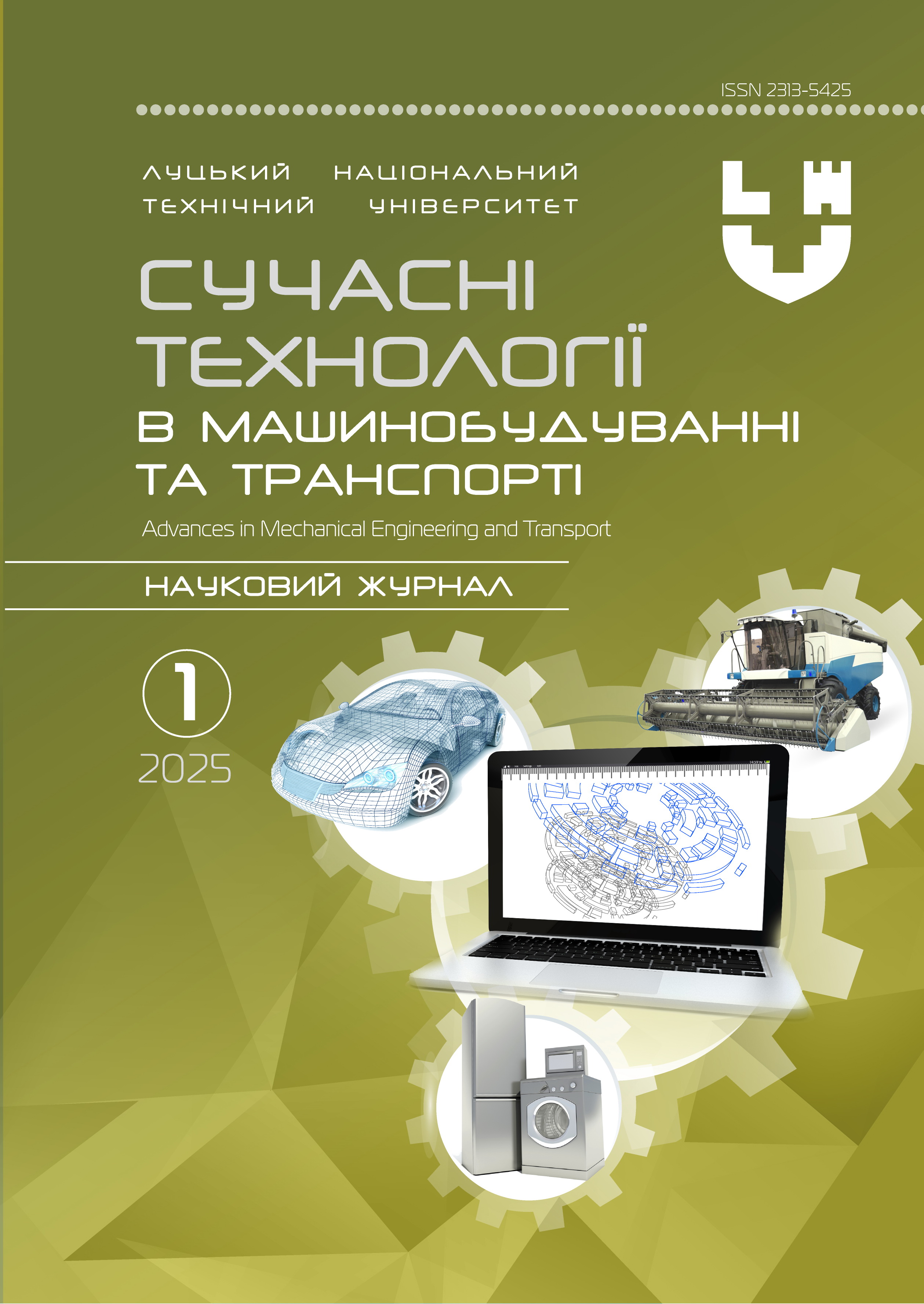Study of the influence of technological factors of honing with silicate bars on the surface roughness of automobile engine parts
Abstract
Finishing methods of abrasive diamond processing, one of which is honing, play an important role in solving the problems of technological support of wear resistance of the surfaces of automobile engine parts. Therefore, the development of new, more advanced tool designs (honing heads, abrasive bars with more attractive characteristics) is currently underway, which will significantly improve the quality of the surfaces of parts and increase their service life and performance. The use of the latest abrasive materials makes honing an unchanging process in mechanical engineering, especially in the production of automotive engines.
This paper presents the results of studying the effect of the honing process duration, abrasive hardness and grit on the surface roughness parameter of the cylinder liner of an automobile engine.
It has been established that with an increase in honing time, the surface quality (Ra) improves both after processing with diamond, abrasive, and silicate bars. Stabilization of the formation of the final surface roughness of the cylinder liner occurs when honing for 2.0 minutes. An increase in the honing time with silicate bars does not affect the surface quality and amounts to Ra = 0.12 μm.
It is noted that the high quality of the surface after honing with silicate bars is due to the formation of amorphous silica (SiO2) during honing, which, under the action of abrasive grains, falls into the depressions of the treated surface and adheres to the surface, thus saturating the treated surface with silicon oxide.
It was found that with an increase in the honing time with both diamond, abrasive and silicate bars, metal removal increases.
It was found that the metal removal after honing with silicate stones is 1.7-2 times less than after honing with diamond and abrasive stones.
It is proposed to use silicate stones with a green silicon carbide abrasive with a grain size of 40/28 for the finishing honing of automobile engine cylinder liners.
It is proposed to assign a diameter allowance for finishing honing with silicate honing bars with a 40/28-grit green silicon carbide abrasive within 0.01-0.015 mm.
Keywords: automobile engine, cylinder liner, honing, surface roughness, silicate block, diamond block, abrasive hardness, grain size, amorphous silica.




